Nasu: Japan’s Highland Haven
A glimpse of under-the-radar Nasu in Tochigi Prefecture.
Words by Sam Hewitt & Photographs by Chiara Dalla Rosa
Just 70-minutes north of Tokyo by bullet train lies a world that feels impossibly distant from the capital’s neon glare: Nasu, a highland region in Tochigi Prefecture shaped by volcanic peaks, lush forests and bubbling hot springs. It’s a place where the Japanese concept of shizen (harmony with nature) isn’t a philosophy for postcards but a lived experience. Here, the rhythms of life are guided by steam rising from volcanic fumaroles and the scent of cedar forests.
I arrived mid-morning, stepping off the train into crisp air that hinted at autumn’s approach. The mountains loomed in the distance, their peaks shrouded in mist, promising adventures both tranquil and exhilarating. Nasu is still under the radar for most international travellers, yet it has long been a retreat for Tokyoites seeking solace, nature and rejuvenation.
A Ryokan Like No Other
My journey began at Itamuro Onsen Daikokuya, a historic ryokan nestled in Nasu’s forested foothills. Operating since 1551, Daikokuya is a sanctuary for body, mind and spirit. The ryokan’s gardens are an art installation, shaped in collaboration with Kishio Suga, a pioneer of Japan’s Mono-ha movement, which emerged in the late 1960s. Scattered throughout are subtle sculptures, seemingly born of the land rather than placed upon it.
I learnt more about the avant-garde world of Mono-ha by wandering Daikokuya’s grounds and in the private Kishio Suga Warehouse Museum. Meaning the 'School of Things’, Mono-ha encouraged artists to explore the relationships between natural and industrial materials. Kishio Suga, a central figure, creates three-dimensional works that fuse stone, wood and earth with manmade objects such as metal or rope. Some pieces are vivid and textured, while others are quiet, minimalist arrangements that reward slow looking. The experience was meditative - a gentle interplay between modern creativity and nature’s timelessness.
Evenings at Daikokuya are devoted to nourishment in every sense. Following a soak in the outdoor onsen, I enjoyed a kaiseki dinner, served privately in my room on handcrafted ceramics and bamboo ware by local artisans. The star, though, was the regional produce: Nasu Wagyu, river-caught ayu fish and vegetables harvested by local farmers. Nasu’s ethos of harmony with nature shone through again in the two local sakes from Senkin and Tentaka breweries, both made from organic rice grown nearby. They were so delicious that I sought them out the next day at a local deli, unable to resist bringing bottles home to London.
After a wholesome traditional Japanese breakfast of ganmodoki (fried tofu patties studded with hijiki seaweed, shiitake and soybeans, crisp on the outside and soft within) alongside grilled fish, rice, miso soup and vegetables, I lingered in the ryokan cafe, where exhibitions of woodwork and ceramics by Tochigi artisans rotate monthly. Who knew being immersed in the history, craft, and natural beauty of Nasu could be so good for the busy soul?
Cycling Through Bamboo and Rice Fields
The following day, I joined Tetsuya Yamamoto from Bicycle Tours Japan for an e-bike ride through Nasu’s rolling landscapes. The company offers tours for all fitness levels, from half or full-day Nasu rides to multi-day adventures across Japan, with e-bikes for those who prefer a gentler pace and regular bikes for more experienced cyclists. The path wound past rice fields glowing golden in the sun, quiet forests and temples tucked away in the foothills. A stop at a farmers’ market allowed me to sample buckwheat ice-cream made from the very grains turning beneath the wooden wheels at a traditional soba water mill I had cycled past just minutes earlier - simple, local and truly memorable.
One of the highlights was our stop in a bamboo forest. Unlike the crowded groves of Kyoto, here I was alone, save for my three fellow cyclists, birds and the gentle sway of stalks overhead.
Lunch at a local farmer’s home followed, a feast of vegetables plucked from the garden just steps away: crisp corn and lotus root tempura, shiso-wrapped prawn, tender eggplant, okra and a baked potato. Rice simmered with soybeans and kombu was shaped into simple onigiri and wrapped in nori, and dessert of grapes and figs with ice-cream pushed my fruit-and-veg intake well past the recommended five a day.
Temples and Bamboo Craft
After lunch, I visited Ungan-ji, a Rinzai Zen temple founded in the Heian era. Nestled beside a pristine stream and ancient cedars, some over a thousand years old, the temple exuded a serenity that immediately quieted the mind. Crossing the vermilion-painted bridge and climbing the stone steps to the wooden hall, I felt the centuries melt away. It was easy to see how Matsuo Basho, Japan’s legendary haiku master, had found inspiration here.
Later in the day, I had the privilege of visiting Maiko Nakamura, a young woman who, together with local elders, is working to preserve Shino bamboo weaving - a craft traditionally passed down orally and now practiced by only a handful of artisans. Watching her hands transform raw bamboo into lightweight, durable baskets and containers was a lesson in patience and reverence for natural materials.
Volcano Hikes, Onsen, and Nasu Shrine
I moved accommodation to Ryokan Sankai, making for a convenient start to a hike up Mt. Chausu, the highest of the Nasu Five Peaks, accompanied by Keiji Kaneda from Bicycle Tours Japan (the company guides hikes along the trails covering these peaks, as well as through the vibrant Numappara Marshlands, the forested paths of Heisei-no-Mori, and to atmospheric ryokans tucked deep in the mountains, accessible only on foot). The Mt. Chasusu trails offered dramatic views of volcanic geology - craggy rocks, fumaroles whispering steam and distant ridgelines stretching into Tohoku. If you’re short on time, the Nasu Ropeway can take you to the 9th station, leaving just a 50-minute climb to the summit. At the top, a small Shinto shrine stands quietly against the vast expanse, a reminder of the reverence these mountains have inspired for generations.
Descending, I soaked at Shika-no-yu, Tochigi’s oldest hot spring, at the foot of the mountains. The milky, sulfur-rich waters have been enjoyed for nearly 1,400 years, cooled naturally from a 57°C volcanic spring. The bathhouse sits beside a gentle stream and a shallow volcanic valley, home to 1,000 hand-carved jizo statues, and the legendary Sessho-seki stone, tied to Japan’s folktale of a mythical, nine-tailed fox - a story so famous it features in noh and kabuki plays. Soaking here felt like stepping into history, a reminder of the long relationship between humans and nature in Nasu.
Reluctantly, Time to Leave
Everywhere I looked in Nasu, the principle of shizen was evident: architecture integrated with the landscape, cuisine reflecting the season and soil, and crafts derived from natural clay, wood, bamboo and indigo. Even beverages are shaped by the land: small artisanal beer and sake breweries and family-run wineries produce drinks that reflect Nasu’s terroir, completing a truly farm-to-table culture from field to glass.
Leaving Nasu, I reflected on the extraordinary range of experiences packed into such a compact corner of Tochigi Prefecture. From volcanic peaks to serene temples, shrines and bamboo forests, from centuries-old ryokans to craft studios, Nasu is a place to reconnect with nature, history and one’s own rhythms. It is restorative, unpretentious and - for those seeking a respite from the crowds of Tokyo and Kyoto - unforgettable.
For more Japan inspiration, be sure to check out our Japan magazine.
The Playground of the Gods
Hiking in Hokkaido.
An extract from the Japan magazine - words by Kasra Lang & illustrations by Marina Marcolin
Mount Asahidake, the highest point of this wild island, rose up before me in a great mass of black ash and eternal snow. The volcano hasn’t erupted for 200 years but the smell of sulphur still stings the nose. I stood on the edge of Sugatami Pond, one of many lucid pools that mark this marshland, and watched as the fog thickened around the slopes. The water at my feet was like glass, without crease or wrinkle despite the rain, almost mythical, and I was struck by an urge to kneel and drink from it. I refrained, of course - it would have sooner made me sick than strong - but perhaps I should have, for in the end I would need the courage. A typhoon was coming in from the Pacific and I had five days to walk the crescent spine of the national park before it made landfall over Honshū and climbed the length of Japan towards Hokkaido. At last I tore myself away from the spectral water and set off eastward, my hood pulled low over my eyes.
I passed no one on the way up, moving through slanted plains of crumbling volcanic glass which turned to ash as I climbed higher. Before long everything I could see seemed to reflect back to me in negative, divided between the black earth and a white sky. Indeed the only colour in that monochrome world was the moss growing under the rocks, glowing like green jewels, almost fluorescent as if to compensate. Then, further up still, the mountain broke out into a flush of red and pink, the primordial evidence of vast lava fields and the molten wasteland it had once been.
When I squinted it was as if the earth itself was burning. The summit, when I finally reached it, was exposed to the wind and rain and I did not stop to rest. Instead I scrambled in wide strides down the other side of the treeless mountain, digging my heels into the loose ground. Only the occasional lick of yellow paint marked the onward trail, which soon disappeared beneath a vast snow plain that stretched out into the mist without apparent edge or end. Somebody had attached a rope to lead the way but it too vanished only a few steps ahead. The scene felt like a warning, a border I shouldn’t cross. But I held the rope with both hands and walked out, testing the strength of the ice with every step. Halfway across, with the whole world washed clean of form or feature, unable to see where I had started but with the end not yet in sight, I felt blind and afraid. The only evidence that I was on earth at all was the mud I left trailing across the ice. When I finally reached the other side, I looked back and knew I had crossed a frontier from which I could not return. From then on I would only leave these mountains by walking out of them on the other side.
Shortly before sunset the mountain hut I was looking for emerged from the fog and I lunged impatiently towards its sodden door. Making a space to sleep in the corner of the bare room, I boiled a pot of water for a quick meal, wrung out the sweat and rain from my dripping clothes, and draped them over the rafters. Then I scribbled
Where the hell am I?
into the margins of my damp journal and fell asleep as soon as it was too dark to see.
In the morning, as if in reply to my fevered note, the sun came out, revealing at last where I had spent the night. The shelter was built on the northern crest of a narrow plateau, easy terrain and brilliantly green. Revived by the light, I walked for a few precious hours flanked on one side by cliffs and clouds that masked the depths of the fall and on the other by the surviving snow. I settled into a metronomic stride up and over Mount Chūbetsu, my blood pumping in a paired rhythm. My clothes were finally drying and I was growing confident; it was even sunny enough to burn my ears. But by the afternoon the clouds I had looked down on rose to meet me, and this time, although I did not yet know it, the fog would not lift again.
I slept that night by the shore of a large crater lake. Its water, reflecting the sky and the snow on the slopes, rippled white as milk. During a break in the rain I ate my dinner barefooted on the beach and buried my toes in the sand, hoping to shock them back to life after the afternoon’s numbing tramp through the mud. It half worked, and I went to bed feeling determined and resolute, exhilarated by the wild weather and the presence of mind it demanded of me.
The next morning the fog was thicker than ever, laced once more with black rain. Beneath the shadow of Mount Tomuraushiyama, I heard the sound of a bell - used by walkers in these mountains to warn the bears of one’s approach - and quickened my step towards it. Eventually two silhouettes appeared from the mist. Surprised to find me alone, the two men treated me like a lost lamb and offered me, in true Japanese fashion, almost all the food and water in their pack and even a kit to repair my torn trousers. I knew to refuse - one should never take another hiker’s provisions - but their presence alone comforted me and I prolonged the encounter as much as the language barrier allowed. They were homebound men in a way that I was not, and they knew it too; as I walked away I could feel them watching me, wondering if it was wise to let me leave at all.
I spent the rest of the day following my feet through the valleys, my sense of distance and time distorted by my sightlessness. With nothing of the outside world to stir the mind, my thoughts increasingly turned inwards, and I repeated the three Bashō poems I knew like a prayer. The land, shorn of its detail, seemed to echo the very essence of his haikus: austere and exact, giving me no more and no less than I needed. In other ways it was the physical manifestation of a Zen kōan, designed to provoke doubt in the whole enterprise. In that it succeeded; it was getting harder and harder to tease out meaning from that shrinking world. “Walking”, Rebecca Solnit wrote,
“is how the body measures itself against the earth.”
But what am I to do when the earth itself is hidden? And what if my body, denied the anchor of the horizon line, begins to vanish too?
By the afternoon I had run out of water, the streams that my map promised having never materialised. I paced on through the thicket and gathering storm, shouting now and then to alert the bears, continuing long into the first hour of darkness. When I could walk no further I found a small patch of flat earth softened by the rain and set up my tent. I ate a couple of oat bars to placate my hunger and tried to fall asleep quickly to forget my thirst.
With the dawn came a pounding headache. I sipped all the dew I could from the morning leaves and set off gingerly into the dull light. After an hour I reached a swollen stream and drank several litres squatting on my heels in the orange mud. To the southwest loomed Mount Oputateshike and I had no choice but to climb it; the path offered no shortcuts and to forge one of my own would have been suicide.
As I left the valley’s protection the wind grew so strong that I had to turn my back to it simply to breathe and soon it took all of my waning strength to walk at all. Every gust threw me sideways, whipping flints of ice into my face. The steep hairpin trail, littered with flaking pumice rocks, disintegrated beneath my feet. As I climbed higher the wind grew angrier still and it suddenly caught the rain cover of my pack like a sail and flung me backwards, sweeping my legs from under me. I heard the sound of something snapping: my walking stick, hanging in half, had broken my fall. I watched my rain cover fly away down the mountain, like a kite I would never see again. I don’t know how much time passed before I reached the peak. But there, instead of coiling downhill as I had hoped, the trail followed the ridge of the mountain. Parts of it were no more than a yard across, sinking into nothingness on either side. One wrong step would be my end. I had no choice but to fall to the ground, breathing heavily with my cheek in the mud, and crawl like a soldier from cover to cover. My naked pack, acting now as a sponge for the rain, felt like a boot pressed against my spine and I had to use all my experience to fight my rising panic. Don’t stop, I thought.
Don’t stop.
The full version of this article appears in Lodestars Anthology Japan.
Kaleidoscopic Kawaguchiko
A Japanese colour story.
Words & Photographs by Bronwyn Townsend
A week of bluebird skies and crisp autumn days had us hoping we’d spy a glimpse of Mt Fuji. I’d spent years crafting the perfect images in my mind. Her snow-dusted peak juxtaposed perfectly against the vibrant leaves of the turning maples. But as we departed Tokyo, weaving through the mountainous terrain beyond the frenetic capital, it became clear that Mother Nature had other plans.
Despite heavy fog that had descended over the lake, a patchwork of crimson and gold cut through the grey. A consistent pitter-patter echoed within the clear plastic umbrella I sheltered beneath - this would become the soundtrack to our days spent in Kawaguchiko.
An hour and a half south-west of Tokyo sit the five lakes of Fuji, which offer some of the greatest vantage points for the iconic volcano. Among these, north of Fuji-San, rests the lakeside town of Kawaguchiko - a deceptively quiet place despite being home to the Fuji-Q theme park. Upon disembarking our coach beneath the low-hanging blanket of grey and drizzle, we were met with a riot of autumnal colour.
Ochre, crimson, tangerine and saffron set the foothills surrounding the lake alight, breathing new life into the region before the winter slumber settled.
Many flock to the shorefront of Lake Kawaguchi during sakura season; the pale pink and white blossoms creating a carpet in beneath wiry branches within just a few short weeks. However, autumn is the real star of the region’s seasonal shows. Japanese maples transform the famed ‘Maple Tunnel’ into a blazing inferno, from gold and amber to cherry reds.
It’s not just the hues of seasonal change that drew us to Kawakguchiko. The fertile volcanic landscape is also a place of solace for those looking to soak among mineral-rich waters. Eschewing bathing suits in favour of birthday suits, we slip into the steamy waters of our onsen - raindrops creating ripples before dissipating into the abyss.
While our quest to capture Fuji-san in all her glory was thwarted, our odyssey of colour was met with equal enthusiasm; days defined by dappled hillsides and slow living. A reminder serendipity is one of travels greatest pleasures.
For more Japanese adventures, check out our Japan magazine.
Japanese Film
Photographing Japan with Kodak UltraMax 400 - artistic, vintage wanderlust.
Photo essay by Brooks Plummer
The experience of exploring Japan begins with, and is enhanced by, values inherent to its culture. Respect - for oneself, for others, for work, and for public spaces (both natural and urban) - is taught from a young age, and is a central tenet of Japanese society. For a traveler, this translates to extremely efficient public transportation, helpful, hospitable locals, inspired businesses, and a general sense of security. It allows you to let your guard down and open yourself to connection and inspiration.
For me, I found it everywhere I looked. Unburdened by the usual travel anxieties, I noticed things I wouldn’t normally have seen; colours, shapes, lines, shadows and moments all began to take on new meaning. I felt present, attuned to myself and where I was, in a way I had never really experienced before. As I quickly learned, if you travel with respect and an open mind, Japan will reveal itself to you in new and exciting ways.
Equipped with my dad’s old Nikon FG and a zip-lock bagful of the cheap stuff - Kodak UltraMax 400 - I enjoyed being able to capture my experiences in Japan without being consumed by process. With a digital camera it can be easy to shoot frame after frame after frame of the same scene, chasing some elusive ‘perfect shot’. To do so in Japan is to miss the point entirely – which is to slow down, open up, exist in the present, take it all in, breathe.
The perceived limitations of shooting film actually allowed me to listen to both my instincts and my environment, bringing into focus moments I may have otherwise missed: shiny silver fish drying on a line by a seaside oyster shack in Fukuyoshi, brightly coloured sashimi samples wrapped in plastic at a kitchen supply store in the Kappabashi district, the morning light pouring in through traditional shoji screens at a Niigata guest house, a cat basking in the sun on a windowsill in Matsumoto, a noodle shop display case illuminating a late-night stroll through the streets of Tokyo. It is these moments I remember most fondly when thinking back on that trip now - the Japan I discovered when I allowed myself to stop worrying about logistics, and to start focusing, pun intended, on the moment.
Maana Homes
Finding Zen in Kyoto - with help from a boutique Japanese hideaway.
Words & Photographs by Holly Farrier
While I was in Japan in March, as part of a lengthy journey across Asia, COVID-19 began escalating day by day and the worrying news was coming in thick and fast. We arrived on the 10th, and got to spend two incredible weeks in a very quiet Japan before cutting our trip short and following the government’s advice to return home to the U.K. Right now, while we are all staying home, I am holding these memories so dear and hope that these photographs can bring you some zen or escapism.
Having perused hundreds of beautiful photographs, Kyoto was the city I was most excited to see … and it did not disappoint. There were seemingly endless places to explore, eat, have coffee, shop and immerse ourselves in astounding nature. It is a photographer’s paradise!
Due to the situation evolving as we were travelling, we appreciated more than ever having a wonderfully calm and secure house to call home for the week. We stayed in two of Maana Homes immaculately renovated machiya houses, which mix traditional Japanese design and craftsmanship with a minimal style. It was calming just being in these spaces and they have everything you need to practice the Japanese concept of Zen; yoga mats, stunning ceramic tea sets for ceremonies and a bath big enough to feel like a private onsen. For those in Japan, they are still operating business as usual for now, and for the rest of us I urge you to visit when this is all over, for an accommodation experience in Kyoto that inspires the mind.
To learn more, or make a booking, click here.
If you’re after a little more travel inspiration, the Japan magazine is available over on the online shop.
Lodestars Anthology Japan
Introducing the latest addition to the Lodestars Anthology travelling family ... Japan! This issue has now sold out.
Journey to Japan and discover a land of tea and tropics, wabi-sabi and wonder. A place where symbolism abounds and nothing is without purpose. For here you’ll find an ancient and powerful landscape that has shaped history yet still dictates the rhythms of modern life. There are illuminated capitals and pockets of untouched wilderness, both marked by a deep sense of spirituality. Art flourishes, design inspires and others come first. May the light never dim on the Land of the Rising Sun.
None is travelling
Here along this way but I
This autumn evening
Matsuo Bashō

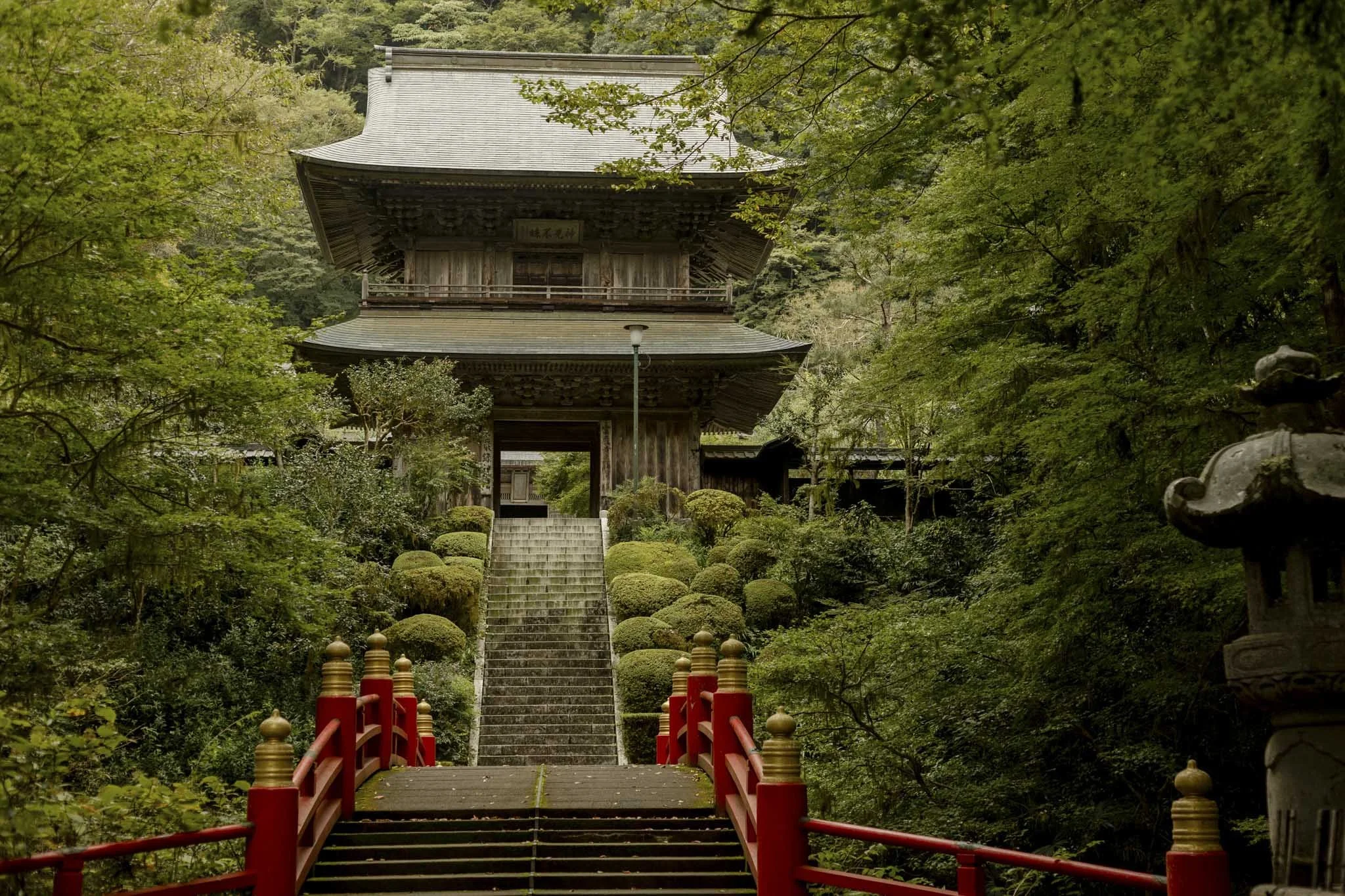
























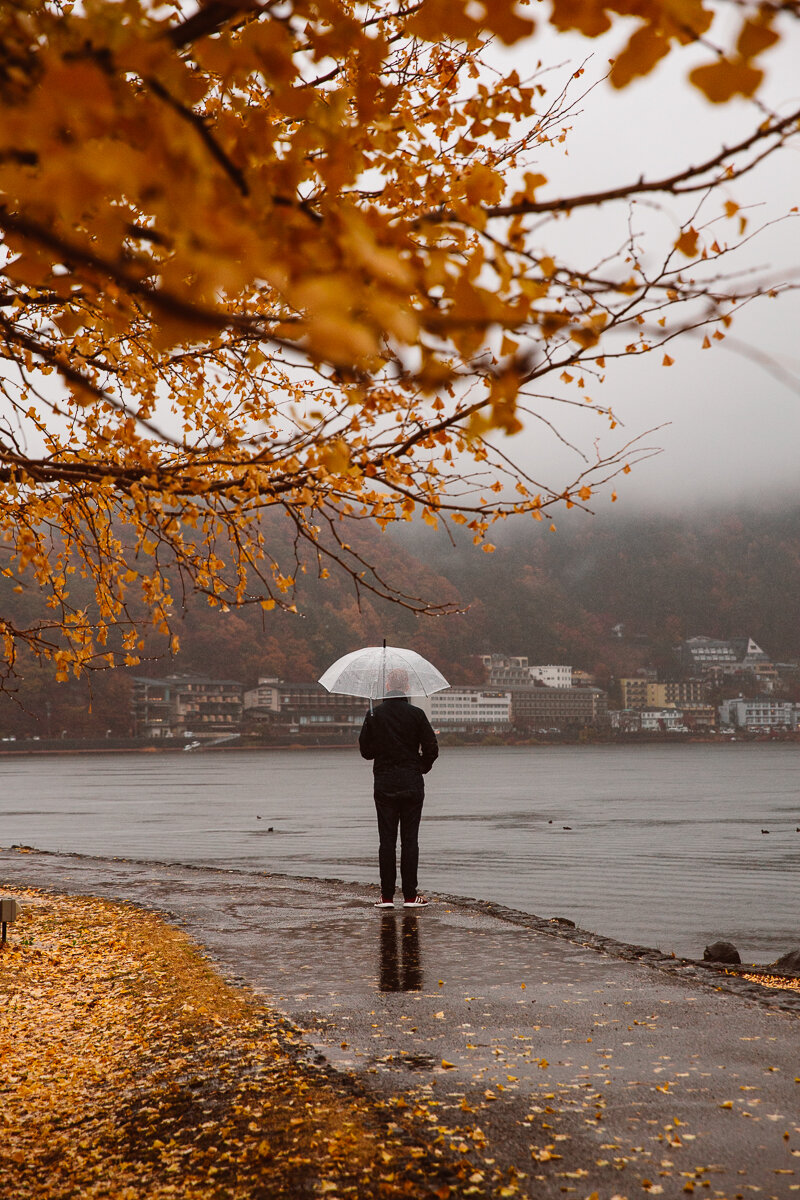
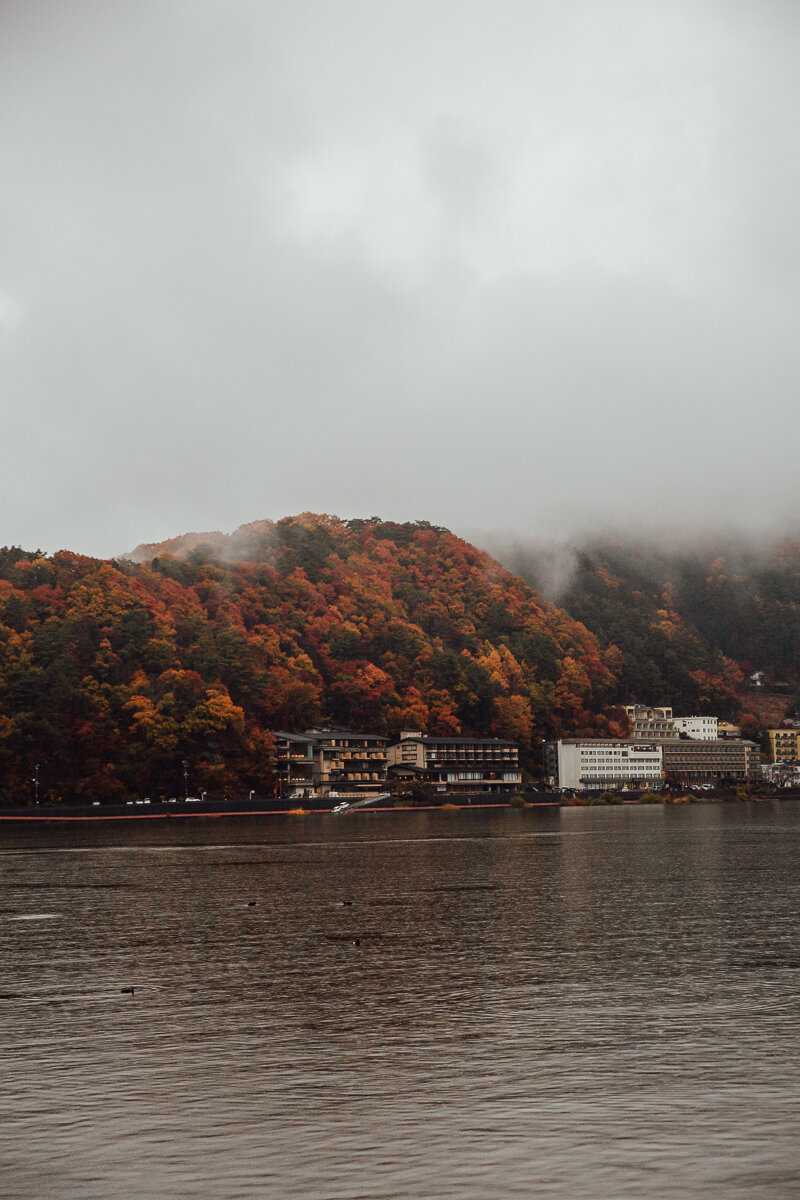
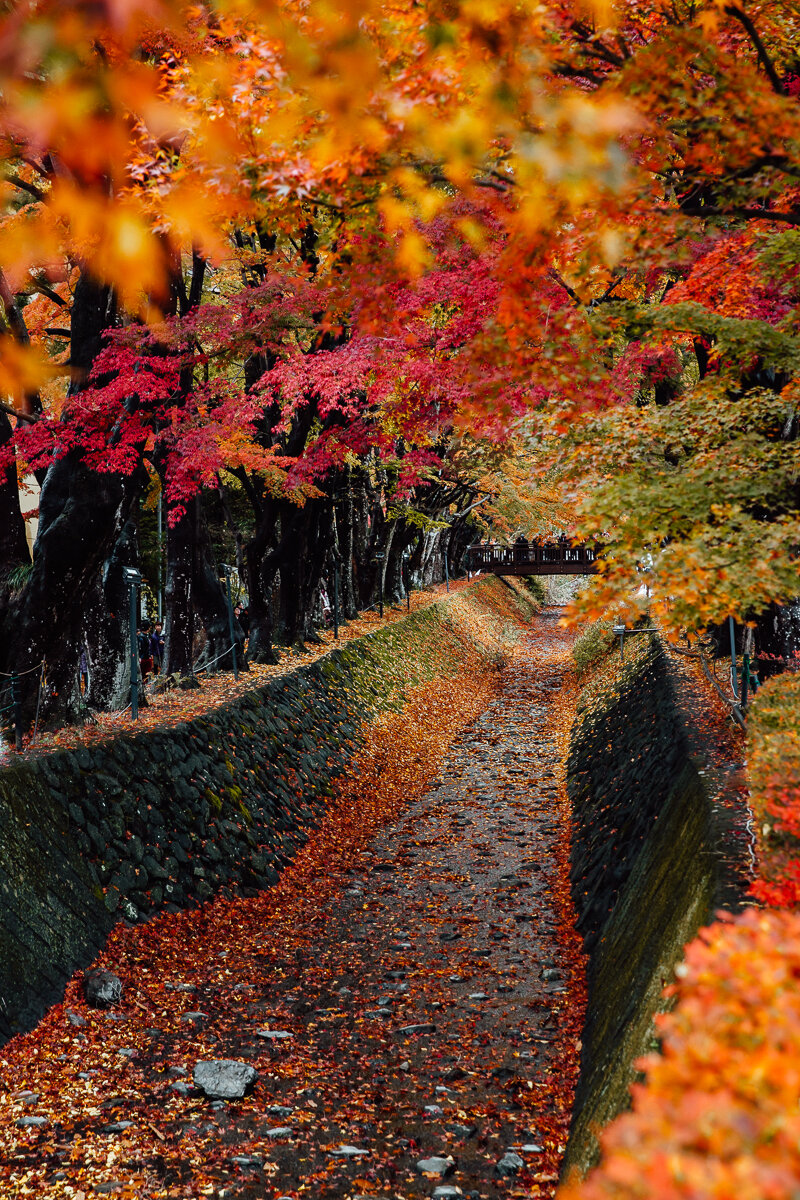
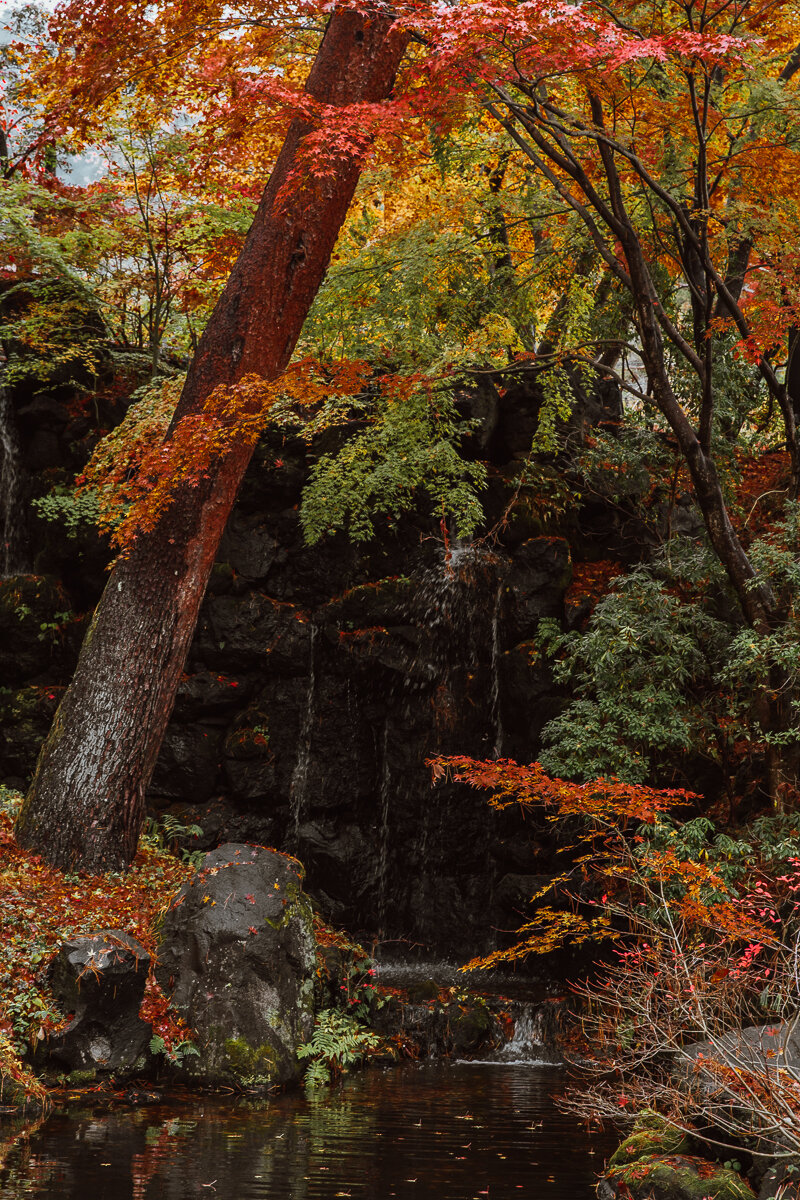
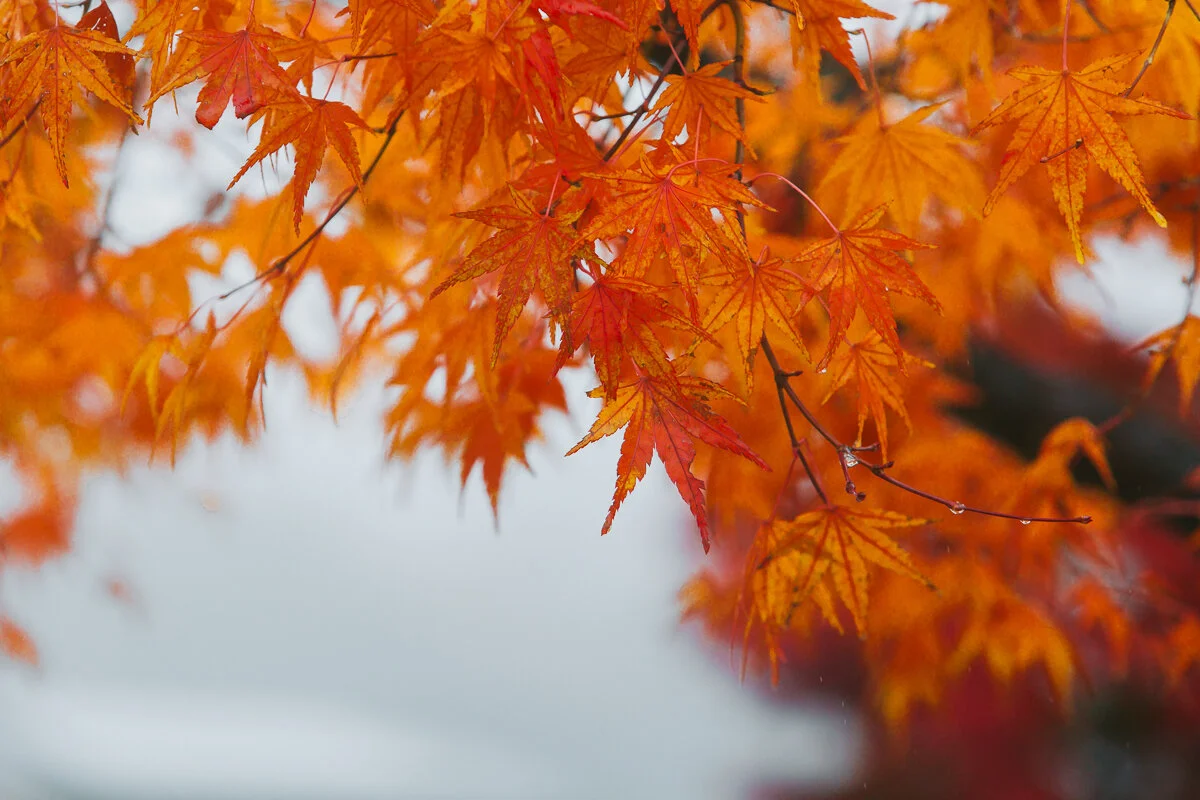














































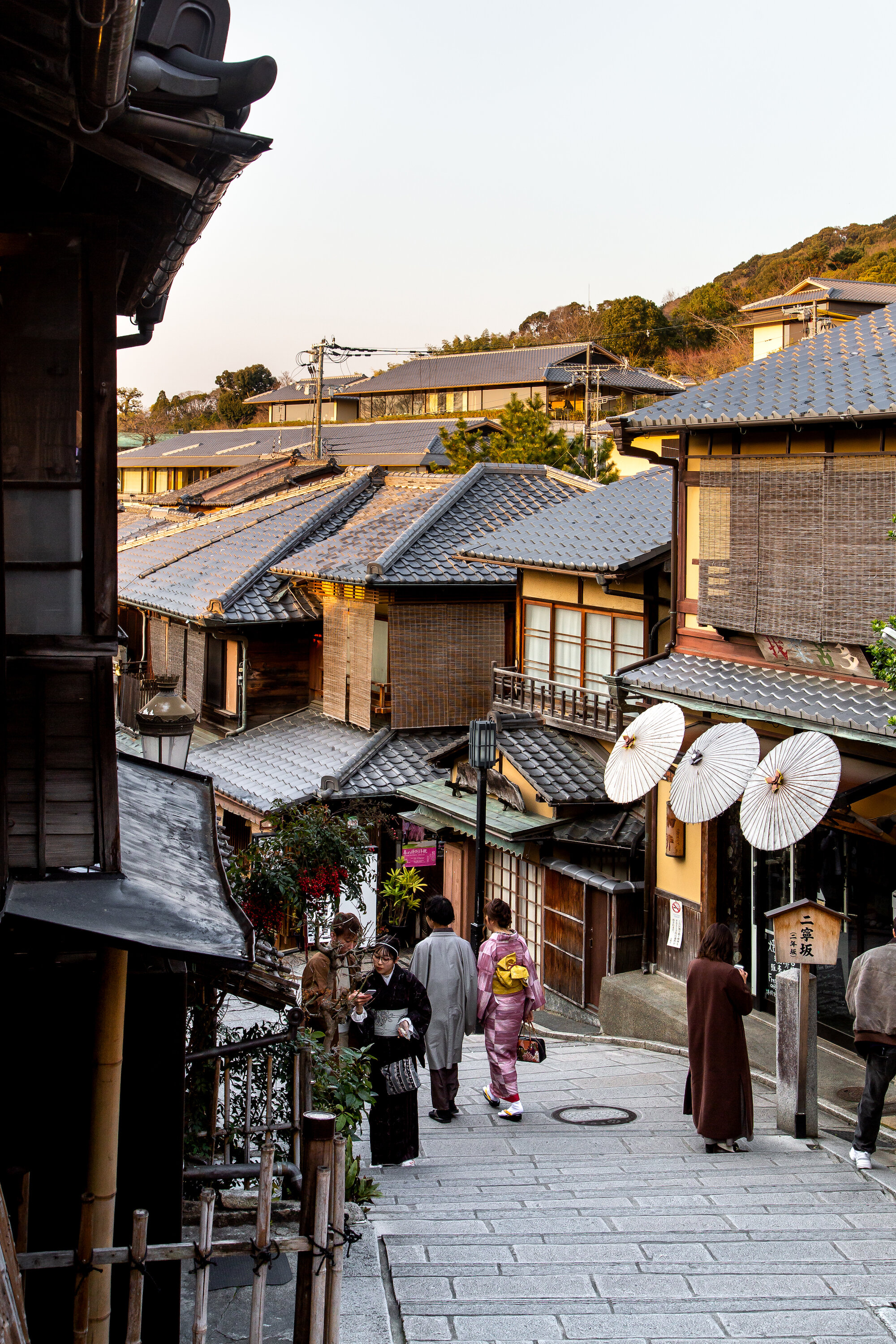






















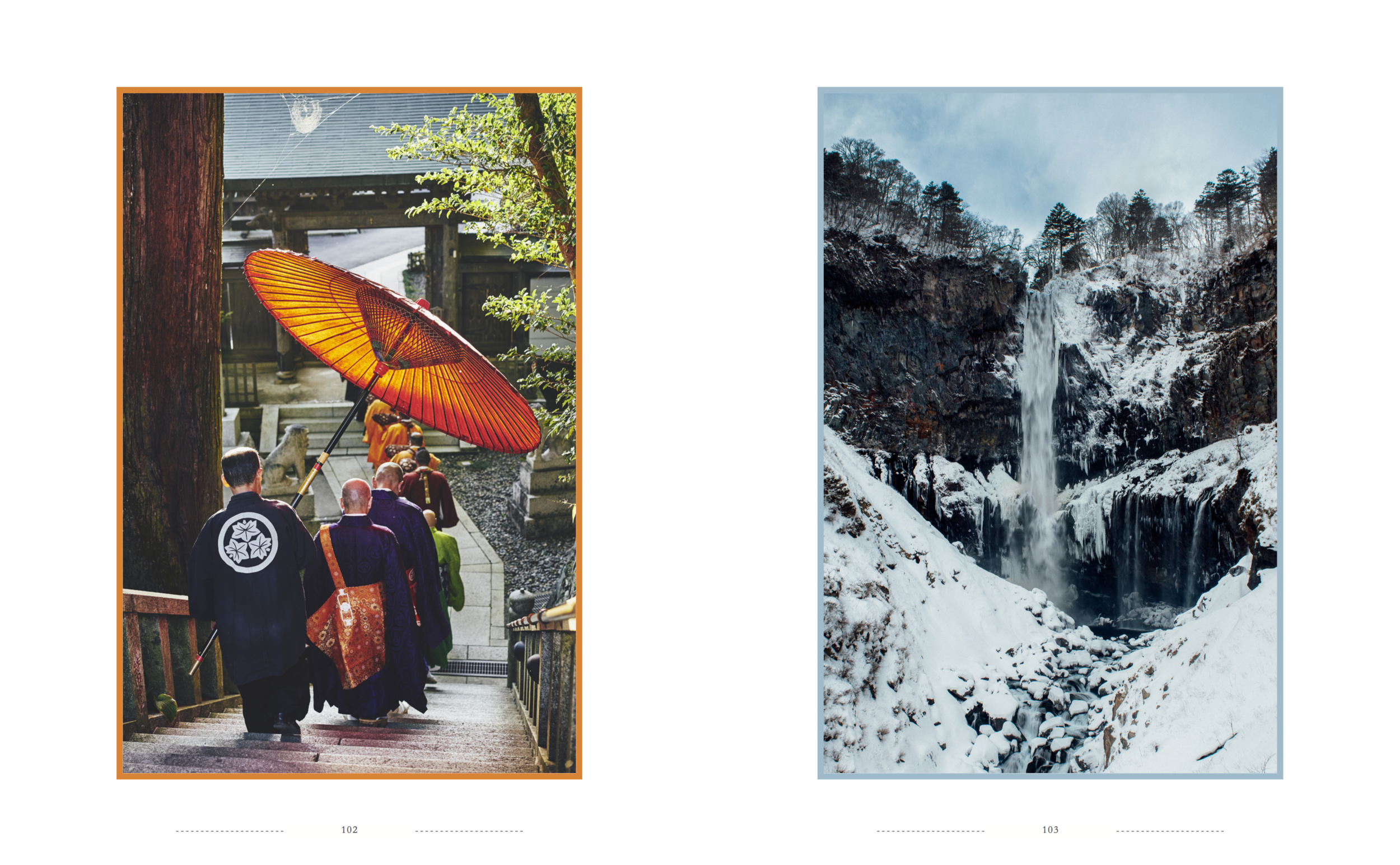



















Celebrating Cecil Beaton at Wales’ Hawarden Estate.